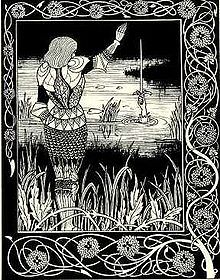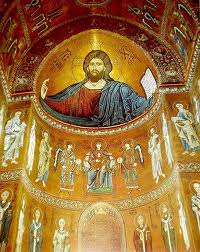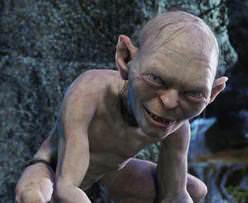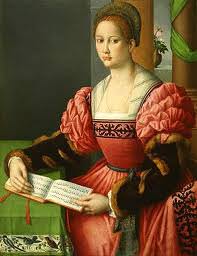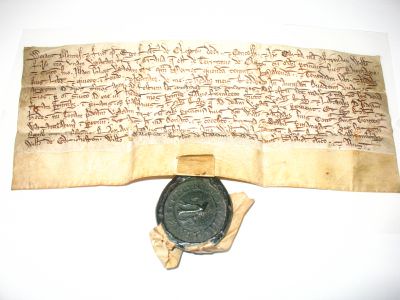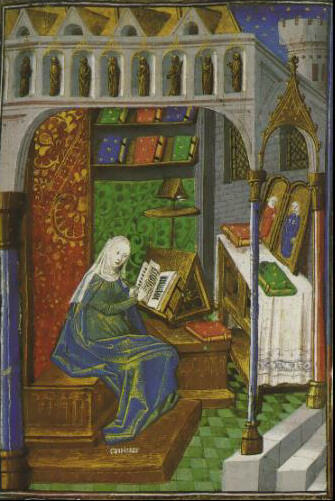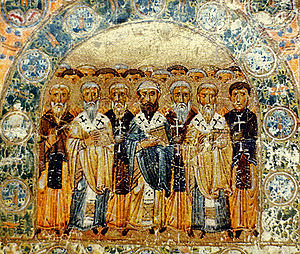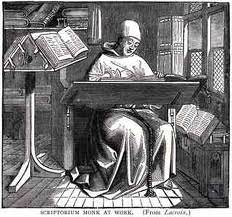The Arthur of the chronicles
Even if we cannot accept the claim made by Geoffrey in his introduction that his putative source was ‘attractively composed to form a consecutive andorderly narrative’, he certainly made extensive use ofWelsh genealogies andking-lists.
Hellenism and the Shaping of the Byzantine Empire
While the role of Byzantine Hellenism on the art, literature, and society of the Empire has been the subject of tremendous study, the question of its origins has, nonetheless, rarely been raised, and the strongly Hellenic Byzantine identity seems, to a large extent, to have been taken for granted historiographically.
The Riddle of Gollum: Was Tolkien Inspired by Old Norse Gold, the Jewish Golem, and the Christian Gospel?
I would like to speculate on Tolkien’s sources for Gollum. As a start, it is likely that Tolkien’s conscious sources for Gollum were the same as his sources for ents.
Medieval Urban Literacy: Questions and Possibilities
In the Middle Ages, in towns one seems to have had more chance of being confronted with writing than elsewhere. Certain urban milieus participating in written culture, however, have caught the scholars’ attention more than others. Studies of the urban communes of northern Italy have suggested a direct link between the reception of the written word in daily life and the emergence of literate mentalities.
Hopkins and Early English Riddling: Solving The Windhover?
In this article I will demonstrate that The Windhover has strong formal similarities with early English riddling. This genre, which has very little in common with modern riddles, has a range of distinctive formal conventions which, I argue, are also present in The Windhover, including an “entitled solution,” “kennings” and the use of formulae.
Madness and Gender in Late-Medieval English Literature
Madness has been long misrepresented in medieval studies. Assertions that conceptions of mental illness were unknown to medieval people, or that all madmen were assumed to be possessed by the devil, were at one time common in accounts of medieval society.
The Norman Conquest and Anglo-Saxon literacy
Michael Clanchy, Emeritus Professor of Medieval History at the IHR, takes a fresh look at the effects of the Norman Conquest
Runic Magic
A witty, not to say mischievous, Viking archaeologist has defined the first law of runic studies as ‘for every inscription there shall be as many interpretations as there are runologists studying it.’
Christian Cato: A Middle English Translation of the Disticha Catonis
It is possible that this translation is the result of an exercise by a not very gifted schoolboy.
The Evolution Of English
A video lecture on the origin and vagaries of the English language up to the 15th century
Sovereign Subjects, Feudal Law, and the Writing of History
The early historiography of feudal law coalesced as the point of articulation for a discourse of time (the rejection/reclamation of a “barbaric” past) and a discourse of power (the theorization of the sovereign relation), and ultimately yielded a period concept foundational to “modern” theories of state.
Religious Key Terms in Hellenism and Byzantium: Three Facets
The following is a survey of the main semantic variations of love in the Greek and Latin of the Church Fathers and the medieval Latin of Scholasticism
The Importance of Being English: A Look at French and Latin Loanwords in English
This essay examines twenty six synonym pairs in English, looks at their etymology and briefly explains where they come from and how they work in a sentence.
Changing views on Vikings
In this article changing views, not only of Viking activities, but also of the etymology and meaning of the word viking will be discussed.
Placenames and the settlement pattern of dark-age Scotland
This study will examine some placename evidence for features of settlement in E Scotland, that zone which lies of the Firth of Forth and E of the main Scottish mountain mass. In this areaat least four different languages have been spoken with differing temporal and spatial extents: one non-Indo-European tongue, Celtic, Norse and English.
MISSION AND CONVERSION IN THE LIVES OF CONSTANTINE-CYRIL AND METHODIUS
Mission and conversion have long been, and continue to be a preoccupation among historians. Mission as understood in this paper refers to an individual or group traveling outside of their land to achieve a purpose, whether it be instruction, securing peace, or conversion.
The Monastic rules of Visigothic Iberia: a study of their text and language
Studies on early medieval monasticism have gained ground in recent scholarship.1 However, despite earlier activity,2 interest in early western monastic rules has generally lagged behind.
Beasts and Buildings: Religious Symbolism and Medieval Memory
Far from being a rare or special practice, the use of this mnemonic system was the universal foundation of medieval monastic education.
The Uses of Pragmatic Literacy in the Medieval Principalities of Moldavia and Wallachia (from the State Foundation to the End of the Sixteenth Century)
The aim of my thesis is to reveal and understand processes behind the appearance and dissemination of literacy in the medieval principalities of Moldavia and Wallachia. I will focus on the social and cultural factors that contributed to the adoption and use of writing from the appearance of the state until the end of the sixteenth century.
The Lexis of Building in Wood in Bilingual Medieval England
The medieval literatures of England, in English, Anglo-Norman French, and Latin, make frequent references to the necessities of life such as shelter, food and clothing, but always in passing.
Visual-Kinetic Communication in Europe Before 1600: A Survey of Sign Lexicons and Finger Alphabets Prior to the Rise of Deaf Education
Visual-kinetic communication systems are mentioned in a wide variety of texts up through the early Renaissance, but not often described in any detail. What seems to us such a strange and frustrating omission results from the very different nature and purpose of scholarly writing in premodern times.
The Verb in Beowulf
Thus, in a paper of the nature of this thesis, the Beowulfian novice is limited in scope and must be satisfied, at best, to open a small breach in the subject, examine one segment, focus his attention on one aspect, single out one featture of it, and channel the efforts of his research towards some contribution, no matter how small, to the overall scholarship in the field.
On bilingualism in the Danelaw
Little can be known about those bilingual speakers of the language varieties related to Old English and Old Norse, who wandered in the Danelaw during the Viking Age, as no direct evidence has come down to us to support this argumentation.
Preservation and Immortatlity: The Transition From Oral to Written Culture in Iceland
The Scandinavian peoples had survived for hundreds of years without the advent of the written word, so what made them change? In a word, Christianity.
The Runic System as a Reinterpretation of Classical Influences and as an Expression of Scandinavian Cultural Affiliation
Accompanying discussions of the runic system’s graphical origins are arguments concerning its geographical origins. Von Friesen’s theory that runes derived from Greek characters looked east to the Gothic territories, while scholars arguing for North Italic origins have pointed towards the Alps. Moltke, who looked to a largely Latin source for the runic characters, suggested a runic origin in Denmark.
